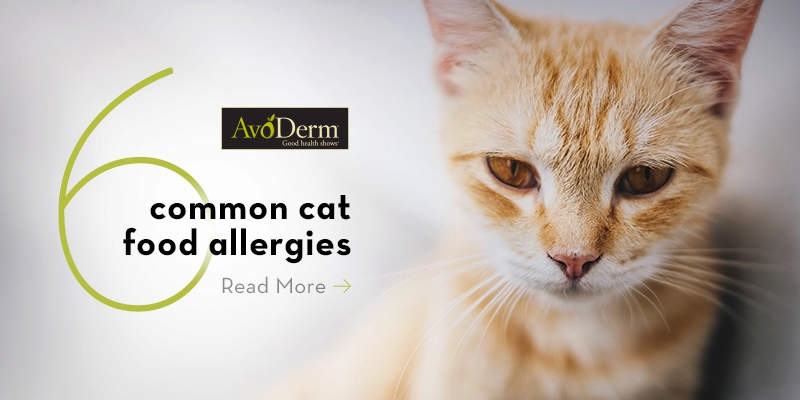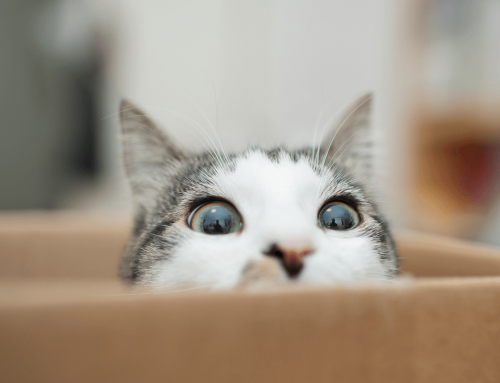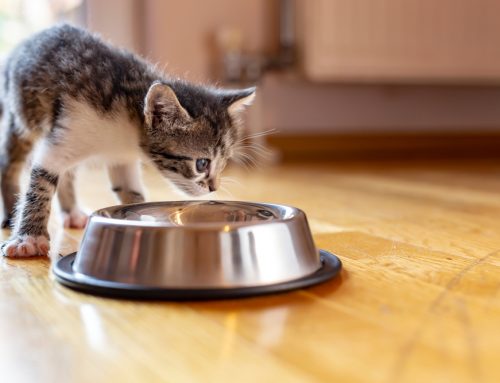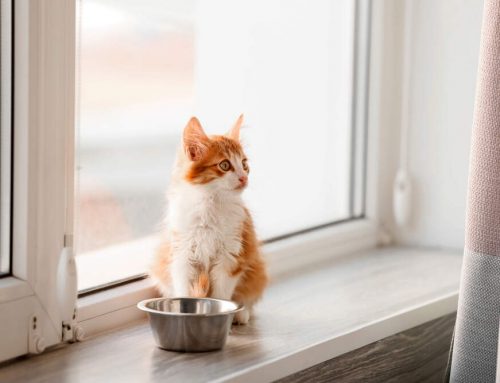Does your cat startle you with a sudden onset of relentless sneezes, multiple times a day? Have you noticed him scratch his sides bald, chew on his paws, or snore? If you answered yes, your cat may be experiencing a food allergy.
Cats, much like humans and dogs, are susceptible to dozens of different allergies. Environmental allergies, like pollen or mildew, are much more common in cats than allergies caused by food. Only 10-15 percent of all cat allergic reactions are caused by food. However, unlike seasonal or environmental allergies, cat food allergies are much more difficult for a veterinarian to diagnose and treat because there is no accurate, fast diagnostic test.
As a pet owner, your first step should be recognizing common cat food allergy symptoms and determining if the attack is life threatening.
Cat food allergy symptoms in cats include:
- Sneezing, coughing or wheezing
- Increased scratching
- Runny eyes and nose
- Ear concerns
- Vomiting
- Diarrhea
- Snoring caused by an inflamed throat
- Paw chewing
- Swollen paws
- Dull, brittle, or coarse fur
After you’ve determined which allergy symptoms your cat is experiencing, talk with your veterinarian and narrow down the possible types to figure out if your kitty is allergic to his or her food. Once your vet eliminates the common environmental culprits, she’ll likely ask you to put your cat on an elimination diet to determine what ingredients are causing the bad reaction.
How Do Cats Get Food Allergies?
Cats become allergic to food when their immune system misidentifies a foodborne protein as a hostile invader and attacks it. Meats like fish, beef or dairy products are common sources of protein in cat food. Most feline foods also contain proteins present in grains and vegetables, any of which can cause a food allergy. There are several other common allergens in food that your cat can have a bad reaction to.
Artificial Coloring
?Inexpensive cat food brands, like Friskies and Fancy Feast, sometimes add artificial food coloring to their products to increase its shelf appeal for human customers. The artificial dye ingredients can cause allergic reactions.
Corn Products
Cornmeal is often used as inexpensive fillers in cat foods. Unfortunately, many cats are allergic to corn. The reaction often manifests as itchy, flaky skin.
Dairy Products
Despite what popular culture suggests, most cats don’t have enough lactase enzymes to properly digest dairy products in large quantities and are lactose intolerant. The symptoms often include vomiting and diarrhea.
Meat Byproducts
Meat byproducts are generally pet food filler for inexpensive foods. They use the excess organs, tissues and fats that humans won’t eat from cows, pigs, chickens, and other animals. Byproducts suffer from poor quality control and can contain proteins your pet isn’t used to.
Preservatives
Food preservatives like BHA and BHT are occasionally linked to allergic reactions in animals and humans alike.
Seafood
Your furry friend might love tuna, but seafood is becoming a more common cat food allergy too.
Between avoiding harmful substances and staying up to date on the latest pet food research, managing cat allergies can be a handful. With the help of your vet and some trial and error, the solution is out there. Check out AvoDerm’s unique recipe designed for cats prone to food allergies and learn if we’re the right answer for you!





